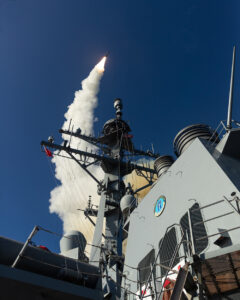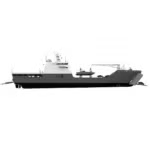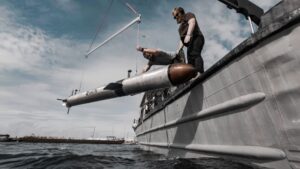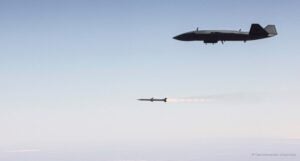
The Missile Defense Agency (MDA) and Navy completed “one of the most complicated” missile defense discrimination and intercept missions so far against a ballistic missile target with countermeasures, the Defense Department said. This test, called Flight Test Other-23 (FTX-23) or Stellar Sisyphus, consisted of a two-part developmental test on Feb. 8 of sensor tracking and communications link capabilities off the coast of the Pacific Missile Range Facility, Kauai, Hawaii. MDA said the first part demonstrated the Aegis Weapon System could…

 By
By 











